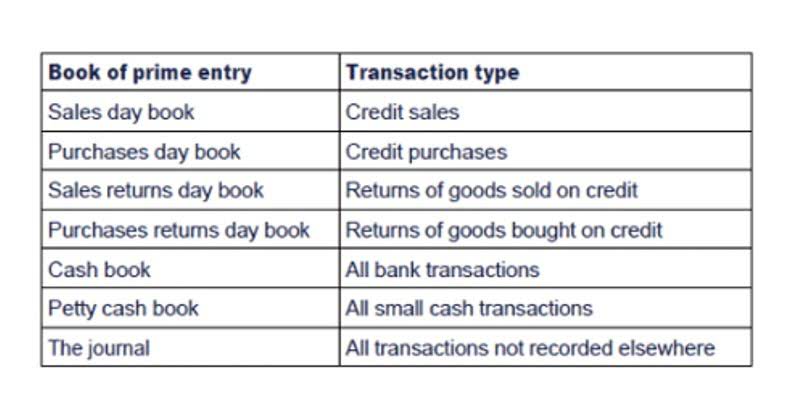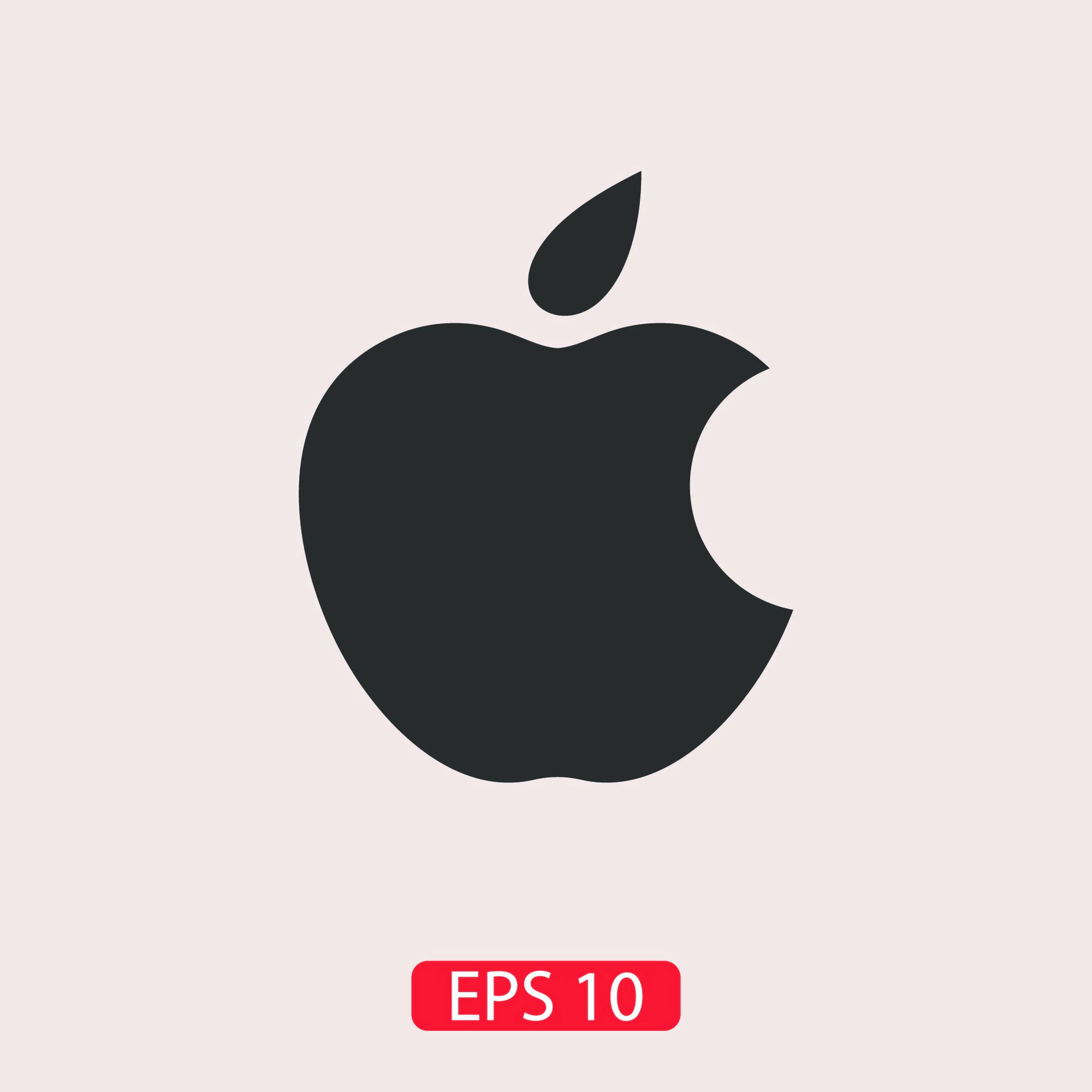Cash Flow Statements: How to Prepare and Read One

The fifth and final step is to review and rebalance your portfolio periodically to ensure that it remains aligned with your cash flow needs, goals, and risk tolerance. Over time, your portfolio may drift away from your target asset allocation due to market movements, dividends, interest, capital gains, or withdrawals. To restore your portfolio to its optimal state, you need to rebalance it by selling some of the assets that have increased in value and buying some of the assets that have decreased in value. You can rebalance your portfolio manually or automatically, depending on your preference and convenience. The fourth step is to diversify your portfolio across different asset classes, sectors, regions, and styles.
- Understanding CFA is crucial because it shows whether a company can generate sufficient cash to cover its obligations and grow without needing to borrow money or issue more equity.
- However, it does impact the net income, which is used as the starting point for calculating cash flow from operations using the indirect method.
- Cash flow is also useful for planning purposes because it shows the amount of cash available for investing in capital assets.
- In this section, cash inflows come from selling assets, divesting subsidiaries, or collecting payments on loans.
FINANCING ACTIVITIES

Positive Accounting for Technology Companies cash flow from investing activities often indicates effective management of assets, while negative cash flow might signal significant investments in growth opportunities or asset impairments. Instead, cash flow represents the movement of money into and out of a business over a specific period of time. Cash flow provides insights into a company’s financial health and capacity to generate positive returns for its investors.
- Furthermore, trends in cash outflows for expenses can reveal patterns in a companyâ??
- There are several methods to conduct a cash flow analysis, each with its own strengths.
- Companies with a positive cash flow have more money coming in than they are spending.
- Depreciation, amortization, and impairments are examples of non-cash factors that have a big impact on net income but shouldn’t be taken into account when figuring up cash flow.
- Operating cash flow (OCF) is a crucial component of a company’s cash flow statement, reflecting the cash generated from its core business operations.
- The working capital section shows how much money a firm needs to keep on hand compared to the amount it can loan or invest.
Diversification, Income-Generating Assets, and Growth Assets

A positive FCF suggests the company can meet its obligations, including operational costs and dividend payments. In industries where dividends are seen as essential, consistent FCF is crucial to maintaining shareholder confidence. Free cash flow (FCF) is often defined as net operating cash flow minus capital expenditures. It is an important measurement since it shows how efficiently a company generates cash. Investors rely on FCF to determine if a company has enough cash to reward shareholders through dividends and share buybacks, after covering operational and capital expenses. The three distinct sections of cash flow from assets formula the cash flow statement cover cash flows from operating activities (CFO), cash flows from investing (CFI), and cash flows from financing (CFF) activities.

essential PR tips for small businesses
It allows businesses to anticipate and plan for upcoming expenses, investments, and revenue streams, ensuring they have enough liquidity to meet their obligations and capitalize on growth opportunities. The cash flow statement of a business provides details on the management of its finances and the functioning of its activities. By examining cash flows from operating operations, stakeholders can identify trends, patterns, and potential areas for enhancing cash management and operational efficiency.
- A significant amount of cash inflow from asset sales may indicate that a company is restructuring or optimizing its asset base to improve operational efficiency.
- Year-to-Date (YTD) Financials refer to a financial report that summarizes a company’s financial performance from the beginning of the current fiscal year up to a specific date.
- Proper cash flow management can be the difference between success and failure, especially in volatile markets.
- Ideally, your business has a steady stream of incoming cash, or positive cash flow.
- Using that info, you can figure out where to cut back and where to invest more so you can maximize profit and stay in business.
Evaluating this metric in conjunction with other financial indicators can provide a comprehensive view of a company’s financial health. Free cash flow (FCF) is a QuickBooks crucial metric derived from a company’s cash flow statement. It represents the cash generated by the company’s operations after accounting for capital expenditures necessary to maintain or expand its asset base.

